
The Lights Are Slowly Dimming
The high street, once the soul of British popular culture, is now gradually declining.
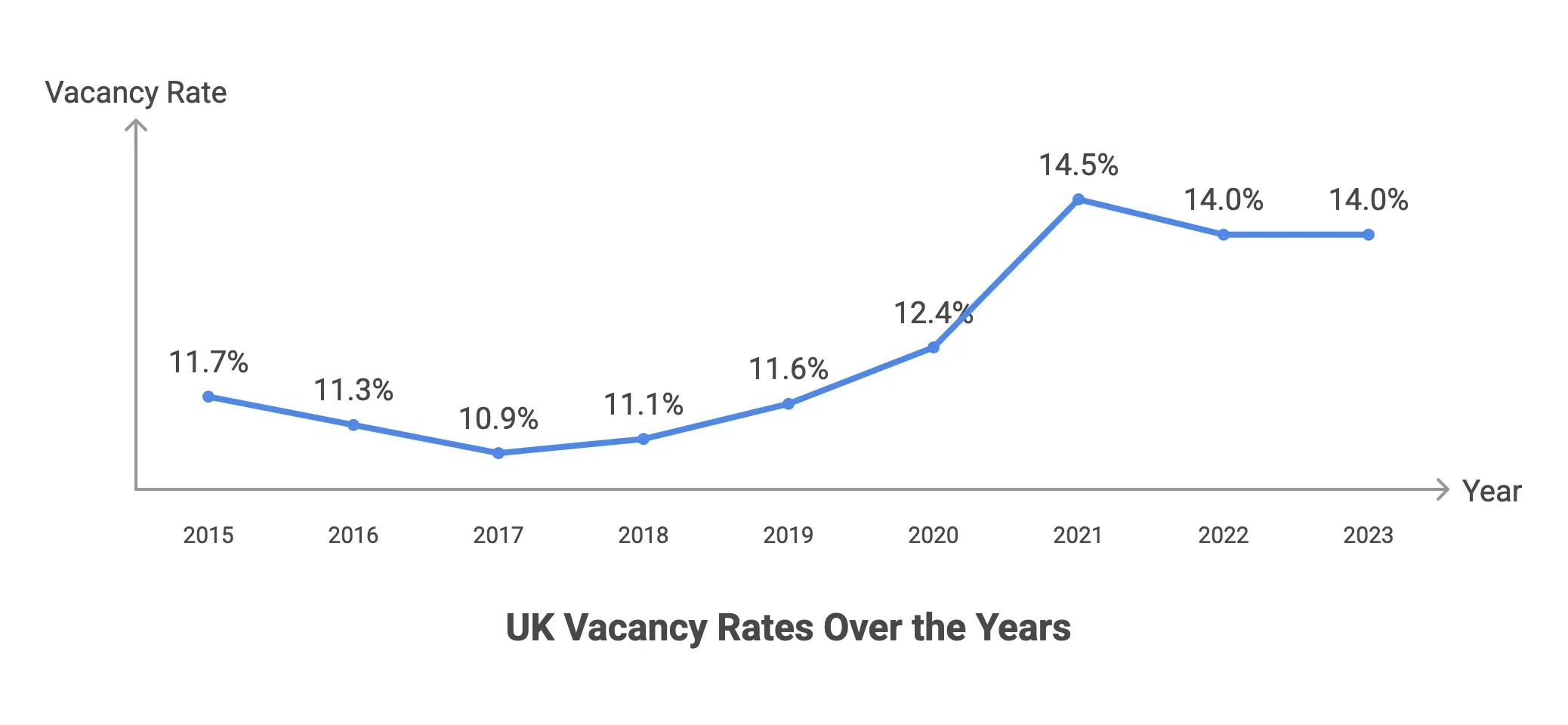
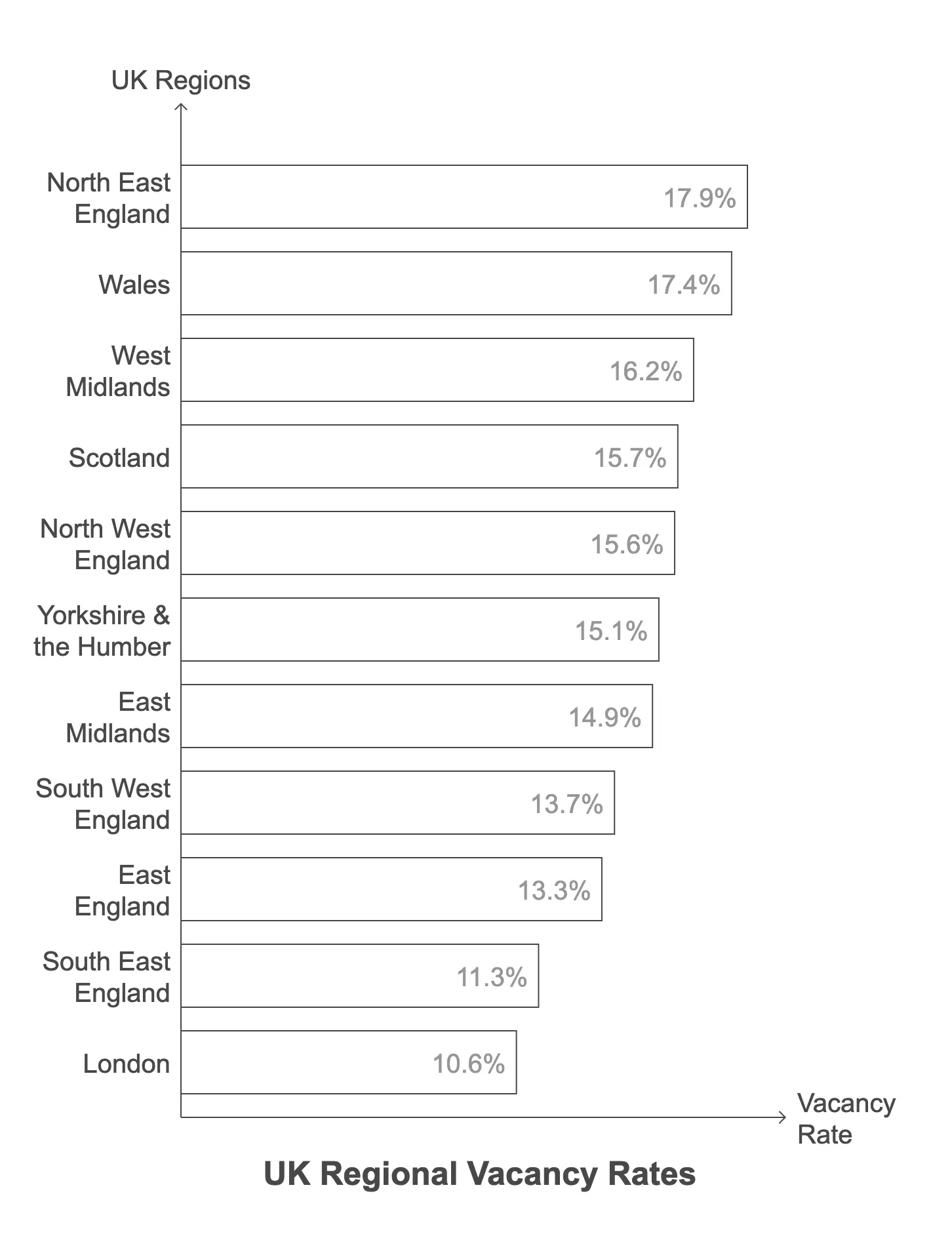
By the end of 2023, 14% of physical stores nationwide were vacant, with an average of 12 stores closing daily. Shopping centers had the highest vacancy rate at 17.7%; high street stores at 14%; and even retail parks had 7.6%.
The most severely affected areas, such as the Northeast of England and Wales, had vacancy rates approaching 18%; the North Midlands of England and Scotland also reached 16%. Today, no region in the UK has a vacancy rate below 10%.
The History of the High Street
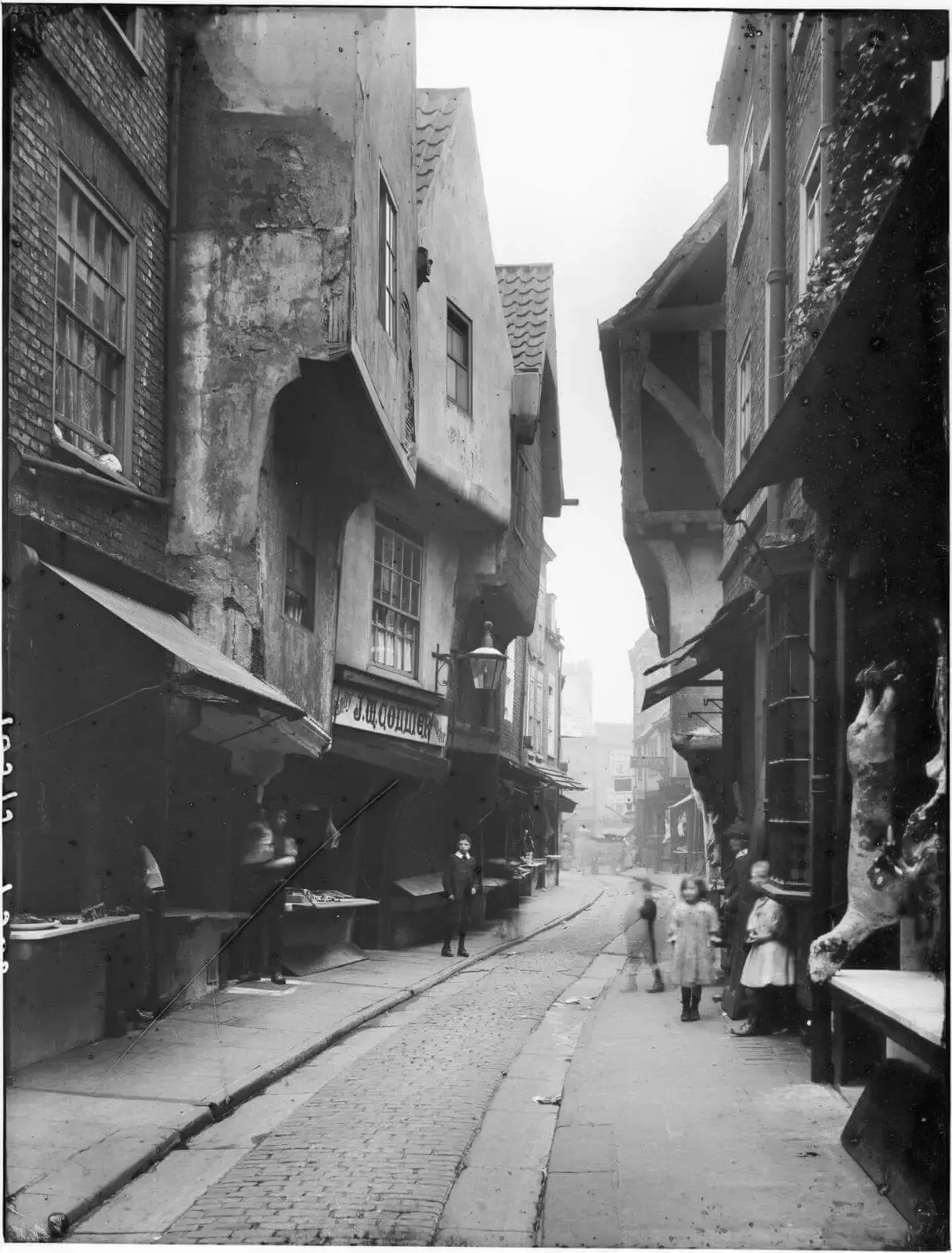
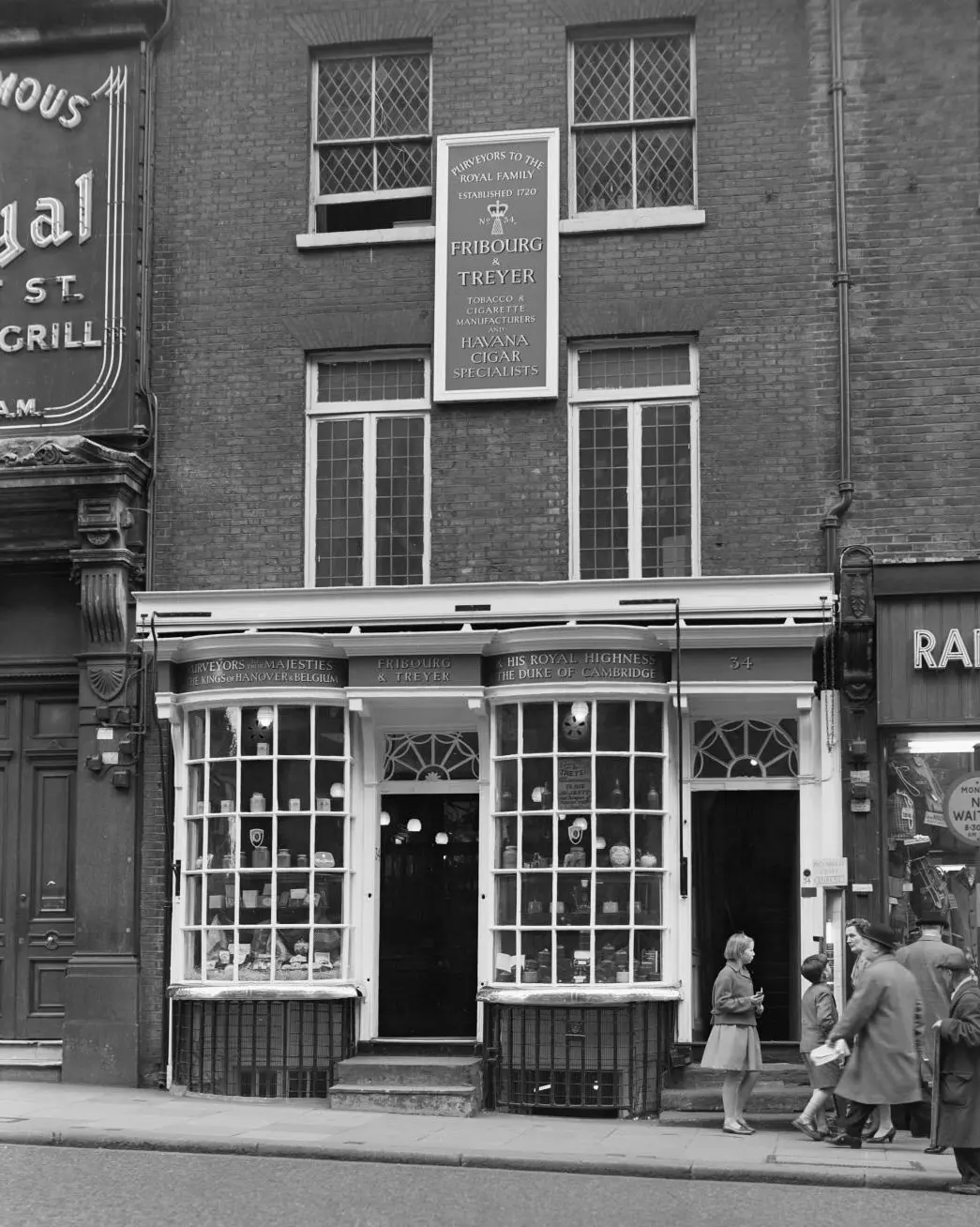
What is the high street? The history of high street culture can be traced back to the 12th century, when it was the commercial and social center of towns. During the Georgian period, streets began to be planned, and glass shop windows appeared.

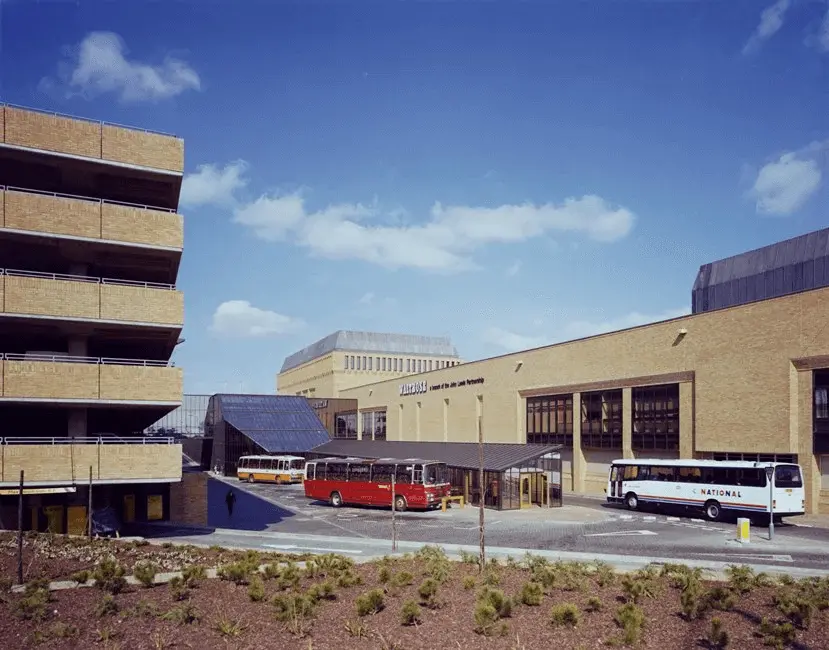
The expansion of department stores during the Victorian era, with red brick buildings becoming characteristic; post-war saw the emergence of concrete shopping centers and parking spaces, but also sowed the seeds of suburbanization. From medieval times to the present, the high street has always been part of British life.
People Know It Too
It’s not just stores that are leaving; people’s feelings have changed too.
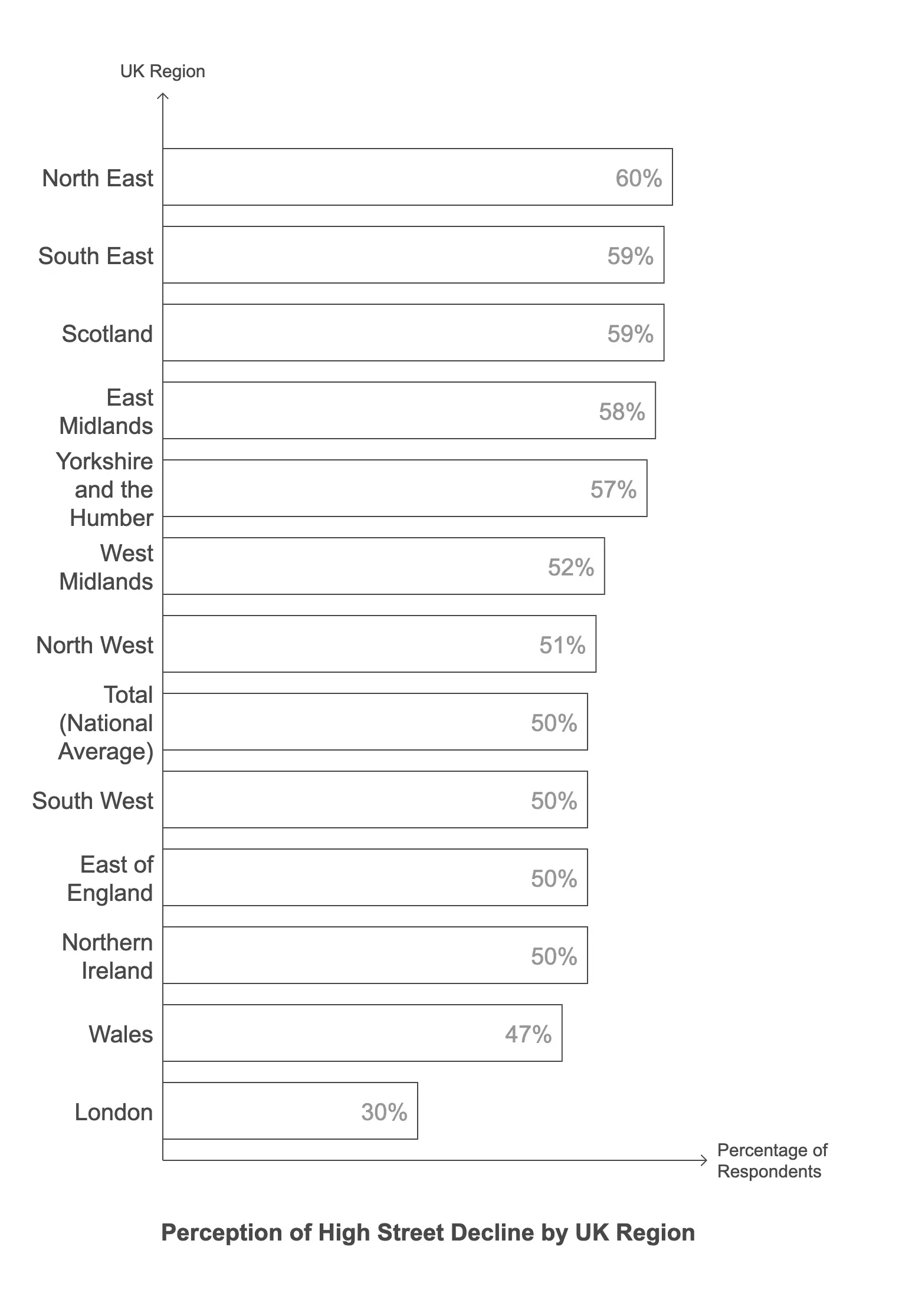

Except for London, almost every region has more than half of its residents feeling that the high street is withering. This feeling is strongest in the Northeast of England; Londoners are less aware of it. Interestingly, while Wales has a 6.1% higher vacancy rate than the Southeast, Southeast residents actually feel the high street’s decline more strongly, with 12% more people agreeing with this point. Additionally, the older the age group, the more deeply they feel the high street’s decline.
Why Can’t the High Street Hold On?
The decline of the high street is the result of multiple overlapping factors.
Online consumption continues to grow, but most people’s purchasing power hasn’t increased accordingly; meanwhile, store operating costs are rising steadily, and the blind expansion before the pandemic has now become an unbearable burden. Additionally, crowds are moving to large suburban shopping centers, where locations with space, brands, parking, and restaurants are more attractive, naturally causing the high street to lose its function of gathering crowds.
More Than Just Stores Closing
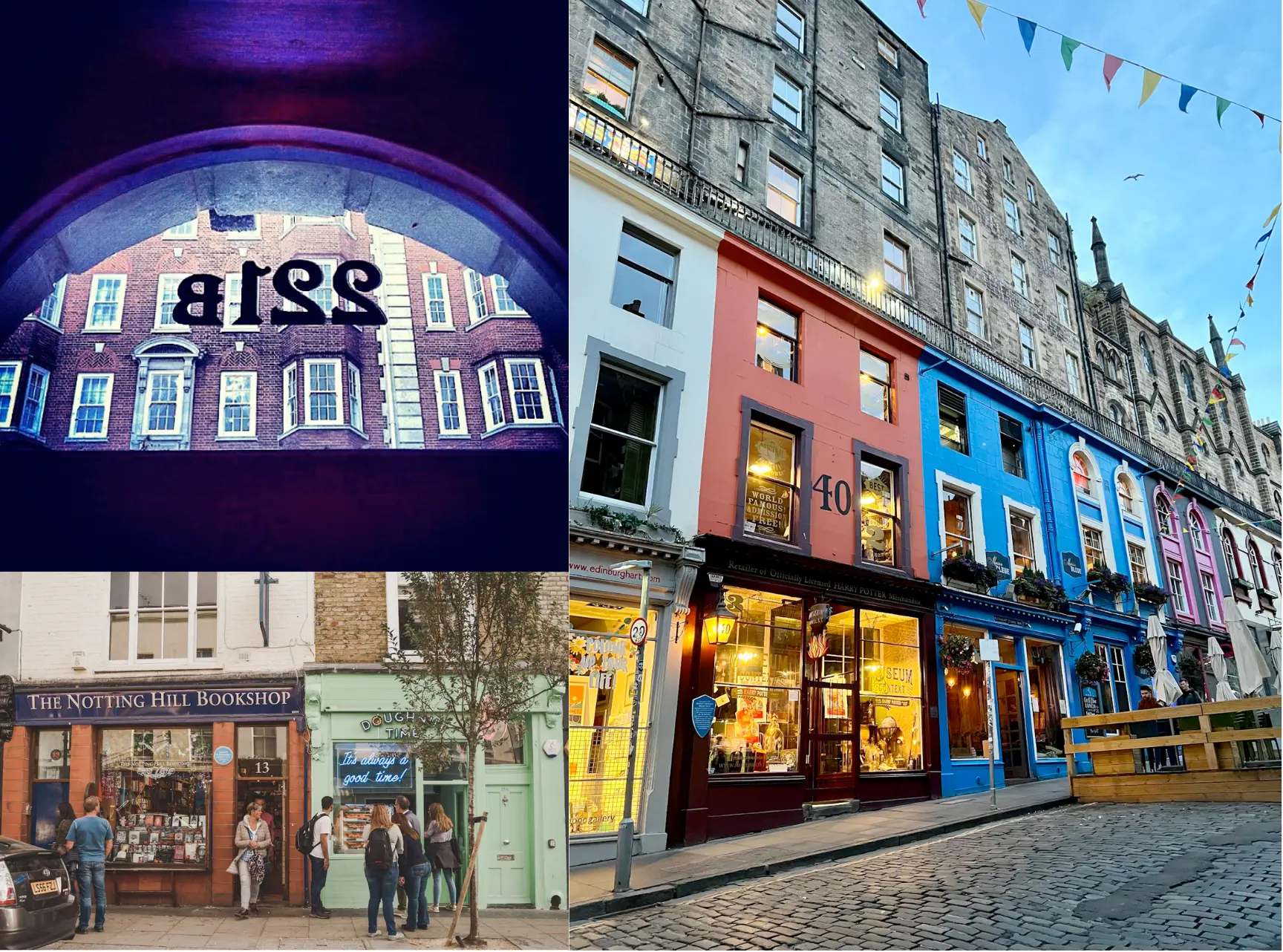
This isn’t just an economic trend; it’s a microcosm of social change.
Behind the decline of the high street lies the decline of local economies, the loosening of community cohesion, population outmigration, and the reduction of interpersonal interactions. The high street is a cultural stage of the city, carrying the rhythm of British daily life, memories of youth, and artistic inspiration.
Countless cultural works have used this as their backdrop, and now, this glorious performance is quietly coming to an end.
References
Ellen, Barbara. “We Shed Crocodile Tears over Our High Streets Then Click Online and Finish Them Off.” The Guardian, Guardian News and Media, 17 Sept. 2023.
England, Historic. “English High Street Architecture Through the Ages.” The Historic England Blog, 24 Sept. 2024.
“High Streets Have Changed Dramatically over the Past 15 Years.” Public First, 6 June 2024.
Mail, Daily. The Ever Changing Face of Britain’s High Street: One in Seven Stores Are Now Empty, 1 Apr. 2024.
Thomas, Daniel. “Six Reasons behind the High Street Crisis.” BBC News, BBC, 1 Mar. 2018.
